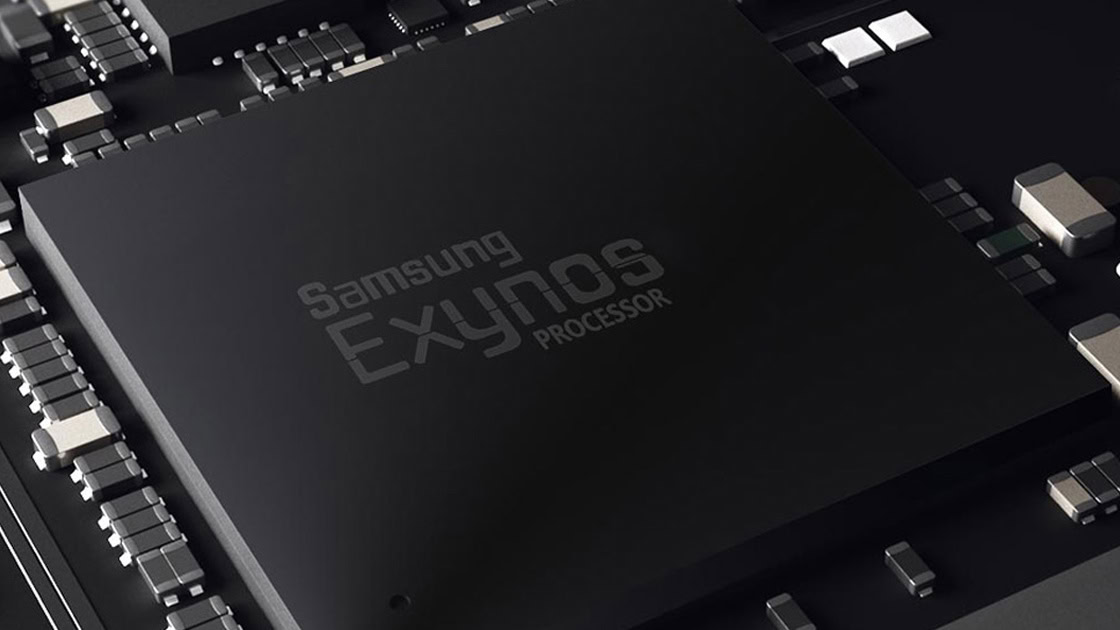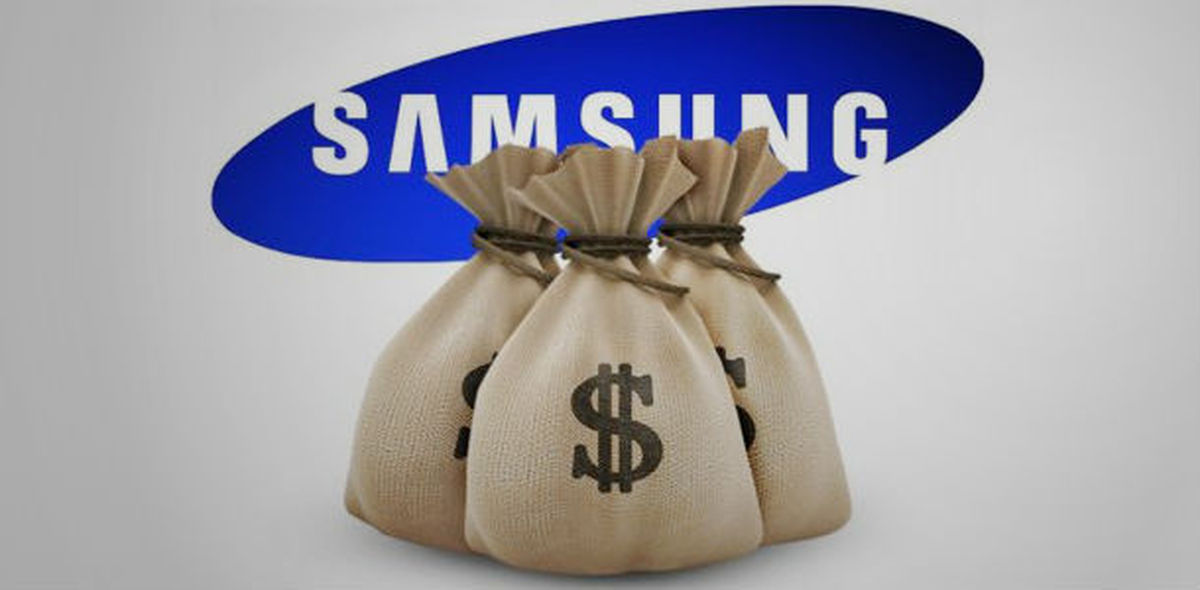Affiliate links on Android Authority may earn us a commission. Learn more.
Move over, Intel: Samsung is now the world's largest chipmaker
Published onJanuary 31, 2018

- For the first time in 25 years, Intel is no longer the world’s top chipmaker by revenue.
- Samsung knocked Intel off its perch by posting $67 billion in revenue for 2017.
- The switch underlines the growth of mobile chips and Samsung’s increasing presence in the computing space.
Intel might have dominated the chipset market for a quarter of a century, but Samsung has officially taken over the top spot for the first time in company history, reports TechCrunch.
According to the South Korean outfit, its chipset division made $67 billion in revenue for 2017. By comparison, Intel reported $62.8 billion in total revenue for the year, a six percent increase from 2016. In other words, 2017 might have been a record year for Intel, but it was not enough to hold back Samsung from becoming number one.
To be clear, this is not a one-for-one comparison. Keep in mind that Intel primarily focuses on x86 processors for computers, while Samsung flexes its muscles in memory and flash storage production. Even so, it is clear that Samsung’s focus on mobile has paid dividends. Intel processors might be found in 90 percent of the world’s computers, but the company attempted and failed to enter the mobile space.
This compares to Samsung, which saw high demand for high-performance products like DRAM memory and NAND flash. The company also saw high demand for chipsets designed for “automotive electronics and AI.”
As such, the company likely sees its component business as a cornerstone of the future of technology.

Samsung is among the top TV, home appliance, smartphone display, and smartphone vendors in the world. However, the biggest contributing factor to its fourth quarter earnings was “driven by the components business, with the largest contribution coming from the Memory business that manufactures DRAM and NAND.”
Somewhat concerning is the predicted weakening in the price of DRAM and NAND. Samsung achieved such high revenues because a supply shortage increased their prices. As stock stabilizes, those prices are expected to come down, which could lead to lower numbers for Samsung’s component business.
Even so, the company appears well-positioned for the near-future and could have an even more successful 2018.